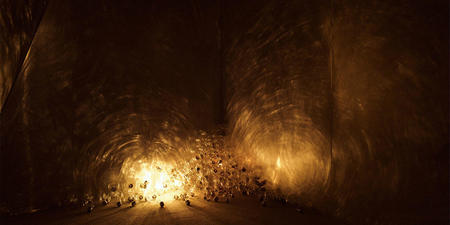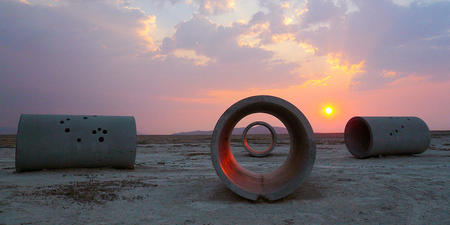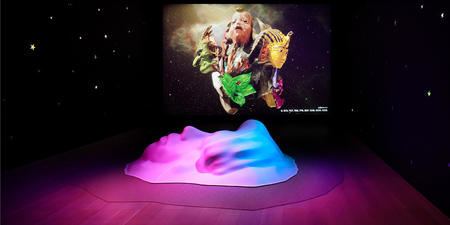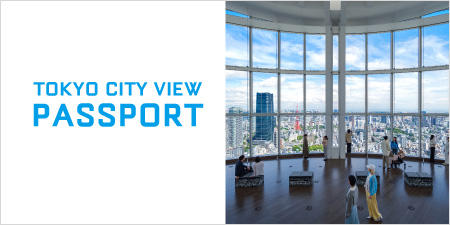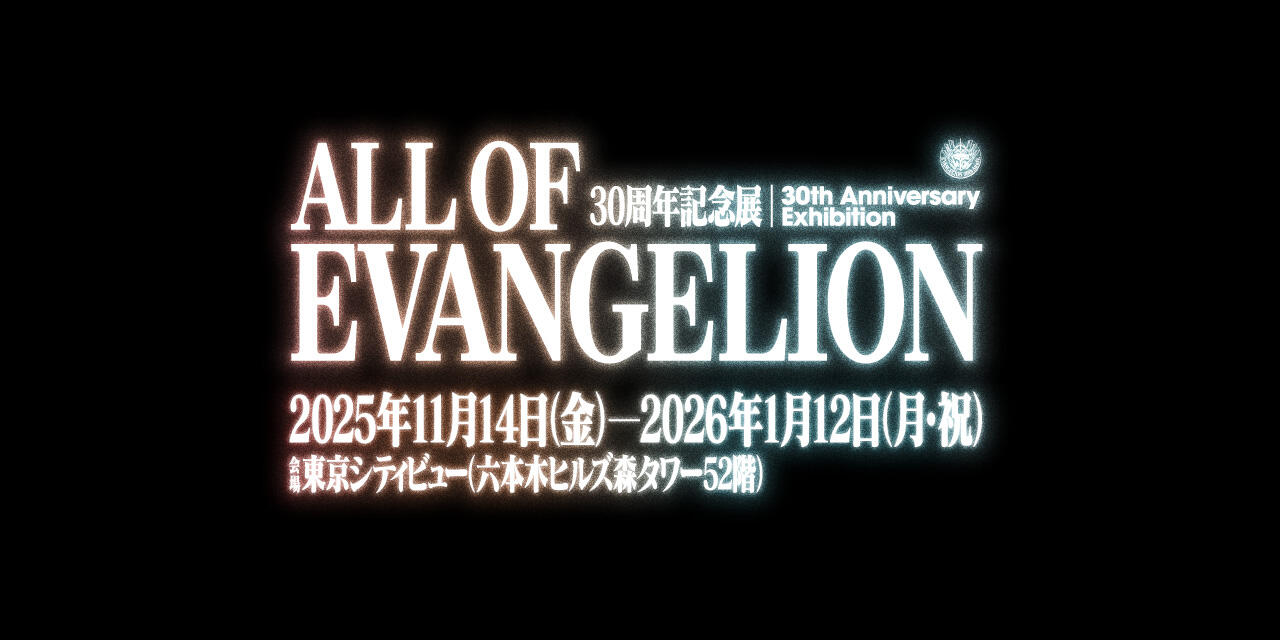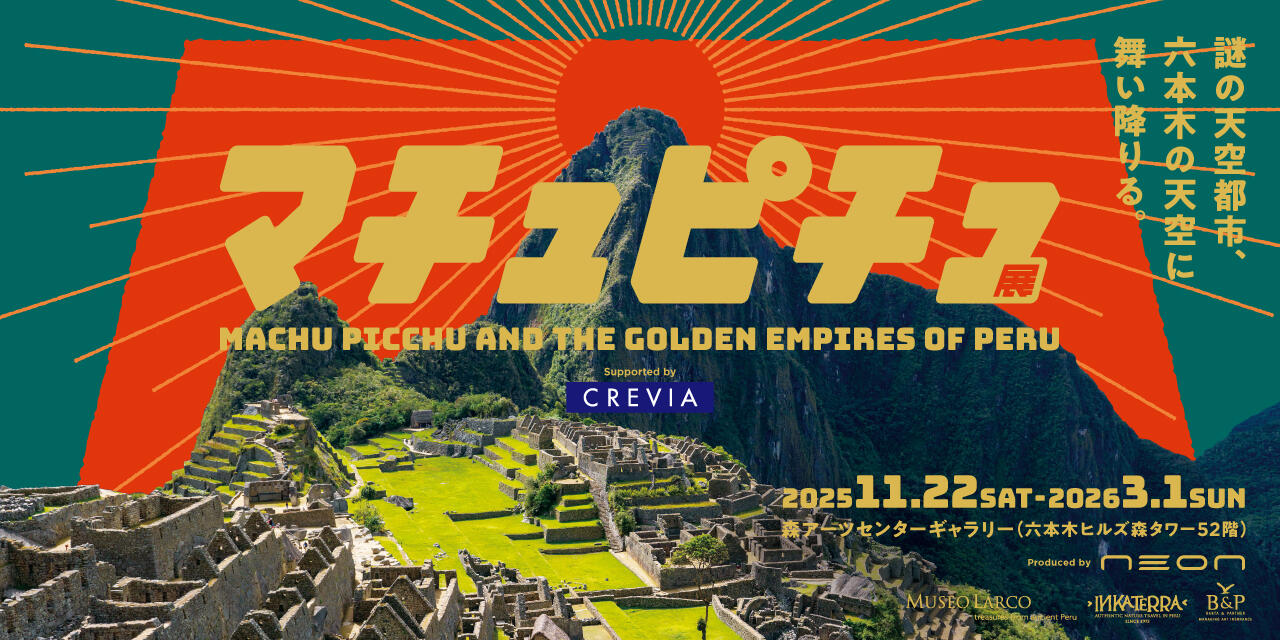Roppongi Crossing is a series of co-curated exhibitions staged every three years by the Mori Art Museum. First launched in 2004 to provide a snapshot of the contemporary Japanese art scene at a particular point in time, this seventh edition in the series showcases approximately 120 works by 22 Japanese artists (all born between the 1940s and 1990s) and artist groups, in an exciting cross section of both young and promising artists as well as internationally established veterans.
As the COVID-19 pandemic persists, our lives have changed dramatically. These changes have revealed many hitherto hard-to-see, or even hidden, aspects of Japanese society, prompting us to revisit and reconsider familiar elements of our everyday environments previously taken for granted. They have also shone a light on the presence and diversity of those around us also living through these tumultuous times. With people once more on the move and expectations of new cultural creativity growing, we are reminded of the fact that various ethnic groups live in Japan and that it is a country whose history and culture is manifold. What kind of future can we now imagine and build together?
The subtitle of Roppongi Crossing 2022, “Coming & Going,” reacknowledges that people’s inward and outward movements and repeated interactions with other cultures throughout Japan’s complex history have indeed made this country a place where a wide variety of people and cultures now coexist. It also conveys a desire for those comings and goings to resume after the pandemic brought them to a halt.
We take a fresh and wider look at Japan’s contemporary art and creative scene, and invite visitors to join us in pondering the imponderable nature of tomorrow.
Click here to see installation view
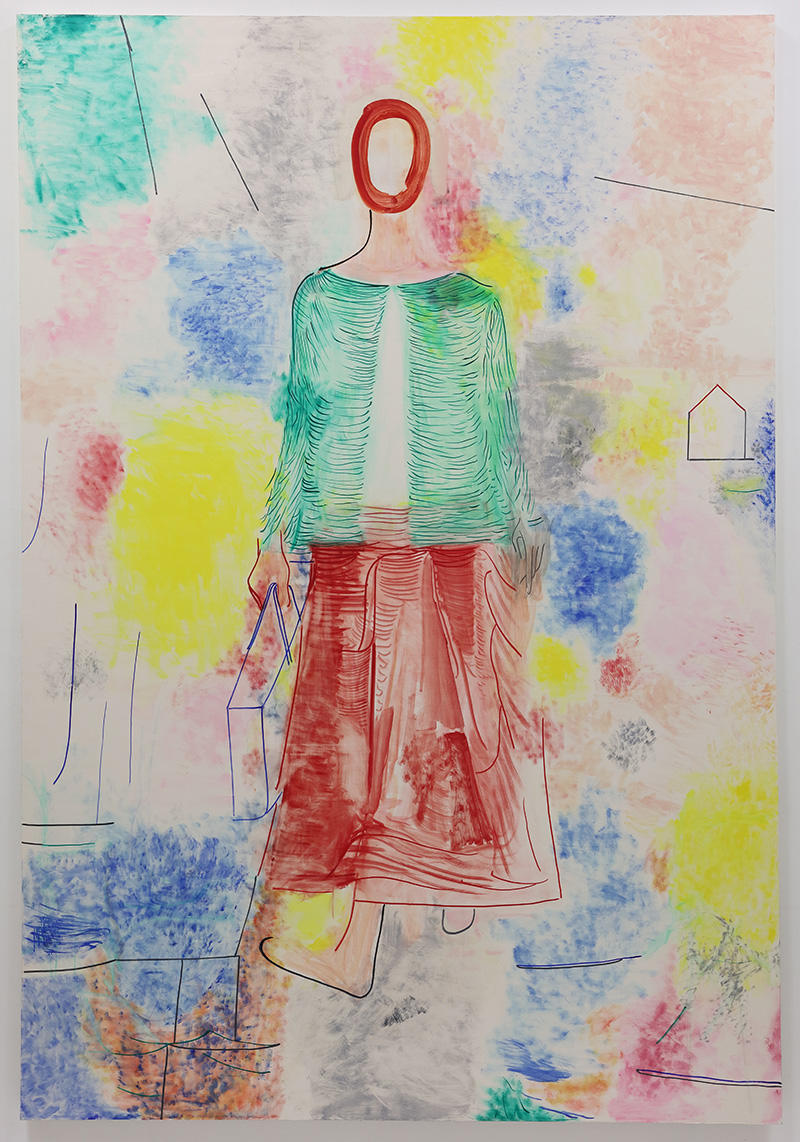
The Beautiful Nature
2019
Oil on canvas
350 x 240 cm
Courtesy: Mizuma Art Gallery, Tokyo
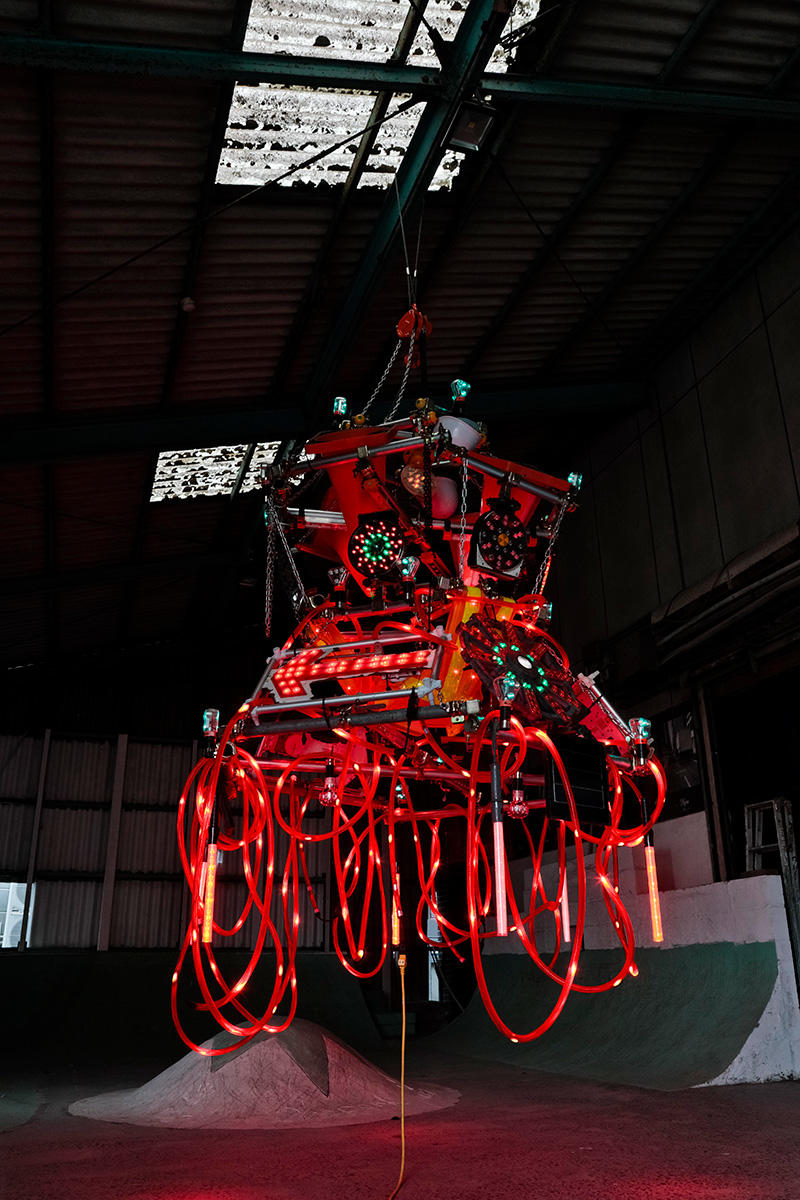
rode work
2017
Construction light equipment, metal pipe, chain, traffic cone, helmet, construction wear, video and others
Dimensions variable
Photo: Goto Shuji
Photo courtesy: Reborn-Art Festival 2017, Miyagi
* Referential image
Roppongi Crossing 2022: Coming & Going
| Organizer | Mori Art Museum |
|---|---|
| Corporate Sponsors | SECOM CO., LTD. Contemporary Art Foundation FUJITEC CO., LTD. OBAYASHI CORPORATION |
| Curated by | Amano Taro (Chief Curator, Tokyo Opera City Art Gallery) Lena Fritsch (Curator of Modern and Contemporary Art, Ashmolean Museum, University of Oxford) Hashimoto Azusa (Curator, The National Museum of Art, Osaka) Kondo Kenichi (Senior Curator, Mori Art Museum) |
| Curatorial Support | The National Museum of Art, Osaka |
Notice Regarding Photography and Filming in the Galleries
In the Galleries, you may photograph/film some of the artworks/areas under the conditions. Please read this notice carefully.
Photography/filming of works with ![]()
![]() pictograms adhered is strictly prohibited. Details: here
pictograms adhered is strictly prohibited. Details: here
Photography/filming of works with![]()
![]() pictograms adhered is strictly prohibited. Details: here
pictograms adhered is strictly prohibited. Details: here
When taking photographs/filming (if allowed):
 Do NOT touch the artworks.
Do NOT touch the artworks. Be careful NOT interfere with other visitors’ enjoyment of the museum.
Be careful NOT interfere with other visitors’ enjoyment of the museum. Do NOT use flash lighting.
Do NOT use flash lighting. Do NOT use tripods and selfie sticks.
Do NOT use tripods and selfie sticks.- * Be sure NOT film the works on video in their entirety upon filming.
When using photographs/videos taken of the exhibitions:
- Photographs/videos may be used for non-commercial purposes, only. Photographs/videos may NOT be used for commercial purposes.
- Photographs/videos may NOT be altered in any ways.
- The conditions above are set forth under the Creative Commons License. When uploading photographs/videos for blogs or any other photosharing services, please make sure to display the below marks and phrases with the photographs/videos.
Example:


Artist’s name and work title: O JUN The Beautiful Nature
This photograph/video is licensed under “Creative Commons Attribution-Noncommercial-NoDerivative Works 4.0 International.”
* For details about the Creative Commons License and marks, please see the Creative Commons Japan website: https://creativecommons.jp
* Beware that they may infringe on that person’s right of portrait if photographs/videos that include other museum visitors are made public.



